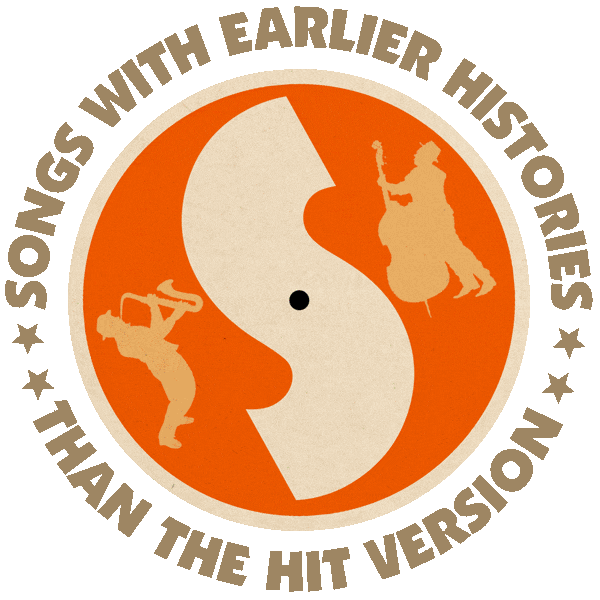First recorded by Fred Waring’s Pennsylvanians (1930).
Other popular versions by Libby Holman (1931), Sidney Bechet (1947), Billie Holiday (1952, released 1956), Erroll Garner (1953), Charlie Parker (1954), Ella Fitzgerald (1956), Eartha Kitt (1965), Aretha Franklin (1965), Buddy Rich Big Band (1967), Elvis Costello (1980, released 1994), Fine Young Cannibals (1990).
From the wiki: “‘Love for Sale’ was written by Cole Porter from the musical The New Yorkers, satirizing various ‘New York’ types, from high society matrons to con men, bootleggers, thieves and prostitutes during Prohibition. The musical opened on Broadway on December 8, 1930 and closed in May 1931 after 168 performances.
“The pit orchestra featured a young group that had never before appeared on Broadway as the stage band, Fred Waring’s Pennsylvanians, and which also featured the band’s vocalists, the Three Warings, in supporting cast roles on stage as ‘The Three Girl Friends’. ‘Love for Sale’, the most well-known song from the show, was written from the viewpoint of a prostitute advertising ‘love for sale’. Porter’s biographer George Eells refers to it as ‘the minor-keyed song whose lyrics were judged too raw for radio audiences …’
“When the song was first published in 1930, a newspaper called it ‘in bad taste’. Radio stations avoided it. Despite this, popular Hit Parade recordings were released, first, in December 1930 by Waring’s Pennsylvanians & the Three Waring Girls (based on their stage performance) and, then, by vocalist Libby Holman in February 1931.

